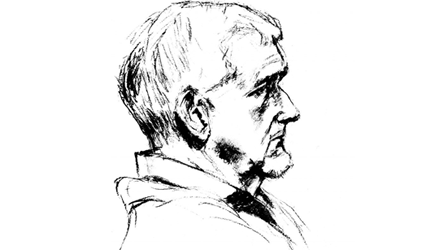Here are two forms of Japanese poetry that became very popular with very many poets in the Twentieth Century and remain so today.
The Haiku: is a poem of one tercet, simply three lines in length, containing only seventeen syllables in total. There is no consideration of meter or rhyme, but the syllables must be organised in the specific constraints of five syllables in the first line, seven in the second and then five in the third line.
They key objective of the Haiku is that the tightly controlled words adds to an image that implies much more than the words describe.
Here are two that I have written as examples:
The Rule of empiricism
Slowly as snow melts (5)
placid uniformity (7)
is changed by detail. (5)
A simple statement of what happens during a thaw and/or the suggestion that our lives are constantly being affected by unforseen encounters over time.
Here is another example, where I have used two Haiku to form a poem, the first sets the scene, and the second expands it.
All for thirty Yuan
Crossing Tian Na Men
fluttering midnight kites soar
above the rickshaw.
Who flies kites at night
somewhere on the darkened square
dreams tug on taught strings.
The Tanka
The Tanka in its true Japanese form again ignores meter and rhyme within the five lines of the poem. Syllables are again the dominant element of the poem, thirty one in total, the first seventeen follow exactly the same format as the Haiku, the extra two lines contain seven syllables each. I have written First Loss as an example of the form.
First loss
Harvest winnowing (5)
seeks to separate the dross (7)
sieving at great speed (5)
eyes seek only the prized grain (7)
yet gold dust falls with the chaff. (7)

Martin
That flows with the formula
Ivor
river haiku
river changing course
finds line of least resistance
water carry me